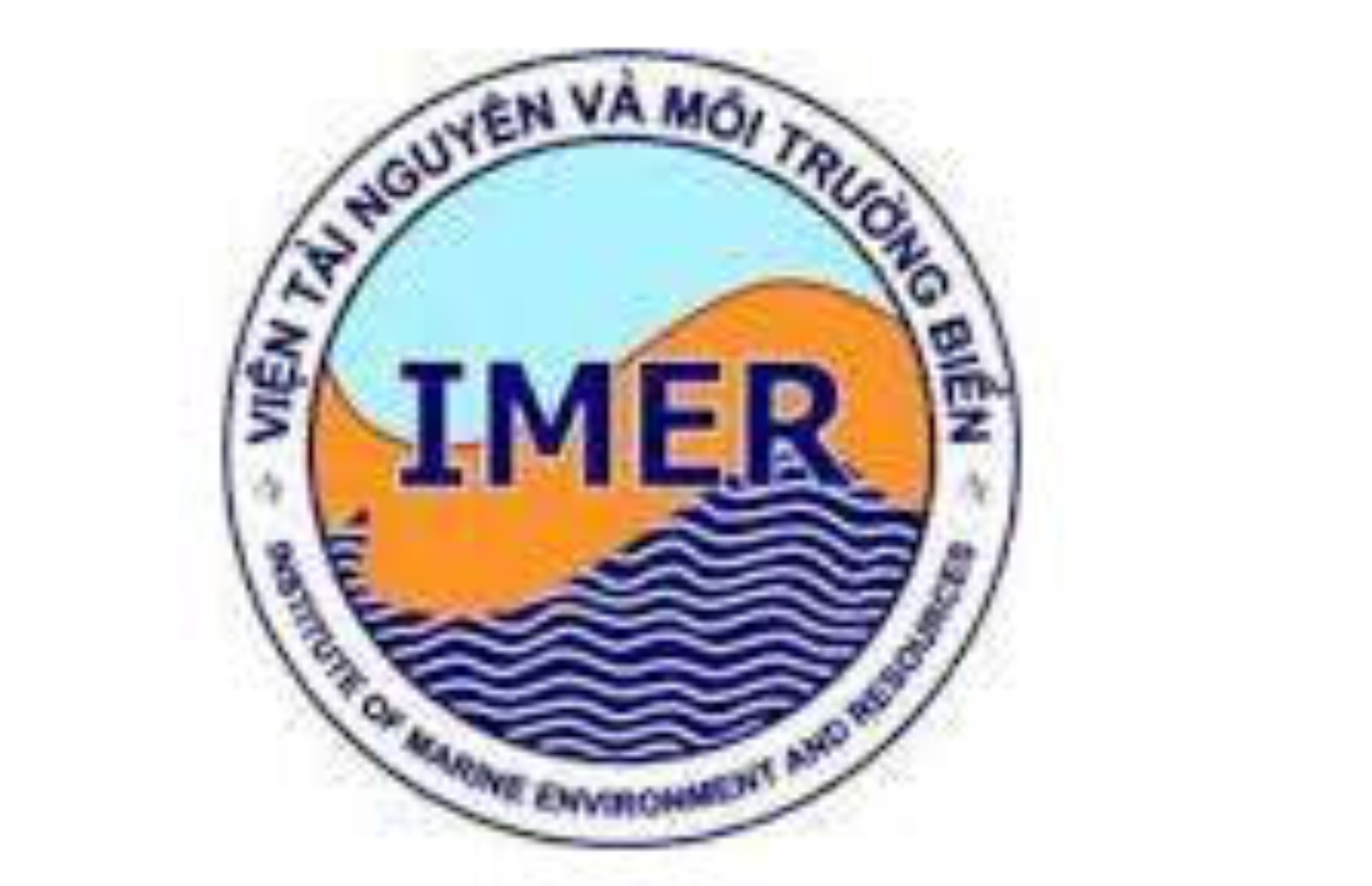Sea surface temperature anomaly in the coastal waters of Vietnam related to ENSO phenomenon
Author affiliations
DOI:
https://doi.org/10.15625/1859-3097/20/1/15038Keywords:
Sea surface temperature anomaly, SST anomaly, the coastal waters of Vietnam, MODIS.Abstract
The studies on the impact of the ENSO phenomenon on climate and environment change have shown that the Bien Dong (Southeast Asia Sea) is strongly influenced by this phenomenon. This paper focuses on analyzing sea surface temperature (SST) monthly data for 16 years (7/2002–12/2017) in the coastal waters of Vietnam from MODIS satellite images of National Aeronautics and Space Administration (US NASA). The analysis results showed a clear pattern of ENSO impacts on SST in the coastal waters of Vietnam. However, the intensity of the ENSO phenomenon affecting the three studied areas is very different, and in terms of trend, the intensity gradually increases to the north. The period of impact of ENSO on SST in the coastal waters of Vietnam is often about one month later than the ONI index and the influenced duration lasts about 6 to 9 months. In addition, in the La Niña years, the values of the SST anomaly reflect quite well in terms of the intensity of the La Niña phenomenon. However, in the El Niño years, the SST anomaly index is not generally proportional to the ONI index. Specifically, in the years when El Niño phenomenon was considered to be weak, the SST anomaly index of the coastal waters of Vietnam is much higher than in the years when El Niño phenomenon was considered to be moderate or very strong. The above results are contributing to improving the understanding of the impact of the vagaries of the climate on the coastal waters of Vietnam, supporting scientists and managers in making measures to prevent and efficiently avoid, limit and mitigate the damage caused by ENSO, and to have reasonable alternatives in the protection of biodiversity and environment in the coastal waters of Vietnam. It could be considered as a “small piece” of the overall picture of the impacts of the ENSO phenomenon on global climate change.Downloads
Metrics
References
Advisory Panel for the Tropical Oceans and Global Atmosphere Program National Research Council, 1996. Learning to predict climate variations associated with El Niño and the southern oscillation: accomplishments and legacies of the TOGA program. National Acad. Press.
Kahru, M., Di Lorenzo, E., Manzano-Sarabia, M., and Mitchell, B. G., 2012. Spatial and temporal statistics of sea surface temperature and chlorophyll fronts in the California Current. Journal of plankton research, 34(9), 749–760.
Dham Khalila, Peter M. Atkinsona, Peter Challenorc, 2016. Historical and future trends in seasurface temperature (SST) in the Indo-Pacific region from 1982 to 2100. International Journal of Applied Earth Observation and Geoinformation, 45, 14–26.
Liu, X., Wang, J., Cheng, X., and Du, Y., 2012. Abnormal upwelling and chlorophyll-a concentration off South Vietnam in summer 2007. J. Geophys. Res., 117, C07021. doi:10.1029/2012JC008052.
Vu, T. V., Nguyen, H. T., Nguyen, T. V., Nguyen, H. V., Pham, H. T. T., and Nguyen, L. T., 2015. Effects of ENSO on autumn rainfall in Central Vietnam. Advances in Meteorology, ID 264373, 12 p. http://dx.doi.org/10.1155/2015/264373.
Vo Van Lanh, Tong Phuoc Hoang Son, 2005. Anomalies in temperature, salinity and density of the East Sea. Vietnam Journal of Marine Science and Technology, 5(1), 35–50.
Bui Hong Long, Tran Van Chung, 2017, Preliminary studies on the impact of climate change on the upwelling phenomenon in south central Vietnam waters in summer. Vietnam Journal of Marine Science and Technology, 17(1), 1–11, DOI: 10.15625/1859-3097/17/1/9716.
Tran Van Chung, Bui Hong Long, 2016. Effects of temperature field and abnomal variations of sea water level in East Vietnam Sea in relationship to global climate change. Vietnam Journal of Marine Science and Technology, 16(3), 255–266 DOI: 10.15625/1859-3097/16/3/7533.
Vu Van Tac, Doan Nhu Hai, Tong Phuoc Hoang Son, Ngo Manh Tien, Nguyen Hoang Thai Khang, Phan Quang, 2017. Sea surface temperature anomaly in South Central Vietnam Waters related to ENSO phenomenon. Vietnam Journal of Marine Science and Technology, 17(2), 111–120 DOI: 10.15625/1859-3097/17/2/10153.
Tong Phuoc Hoang Son, Tran Van Chung, Nguyen Huu Huan, Ngo Manh Tien, Vu Van Tac, Nguyen Hoang Thai Khang, Nguyen Truong Thanh Hoi, Marine Herrmann, Eko Siswanto, 2017. Abnormal features of oceanographic characteristics in upwelling Vietnam waters under impact of El Niño events. Vietnam Journal of Earth Sciences, 39(3), 225–239, DOI: 10.15625/0866-7187/39/3/10268.
NASA Earth Observations (NEO): https://neo.sci.gsfc.nasa.gov/view.php?datasetId=MYD28M
Tran Duc Thanh, 2015. Discussion on coastal zoning in Vietnam, Vietnam Vietnam Journal of Marine Science and Technology, 15(1), 1–12, DOI: 10.15625/1859-3097/15/1/4155.
Golden Gate Weather Services, Updated thru January 2018. El Niño and La Niña Years and Intensities: http://ggweather.com/enso/oni.htm.









